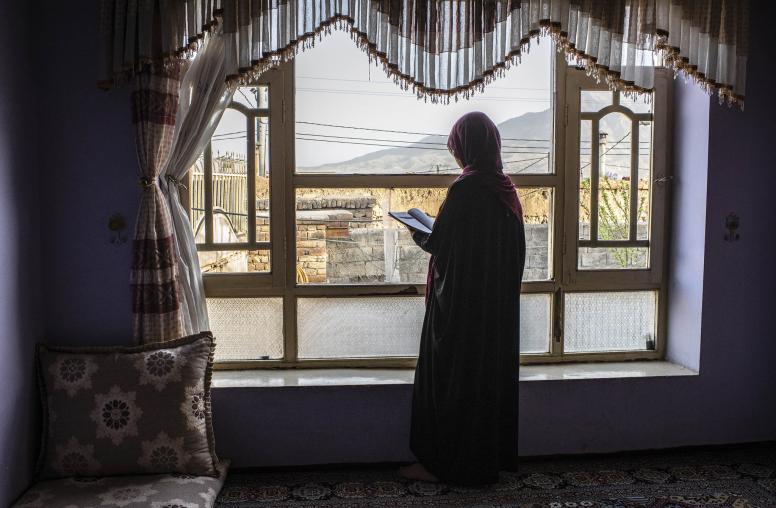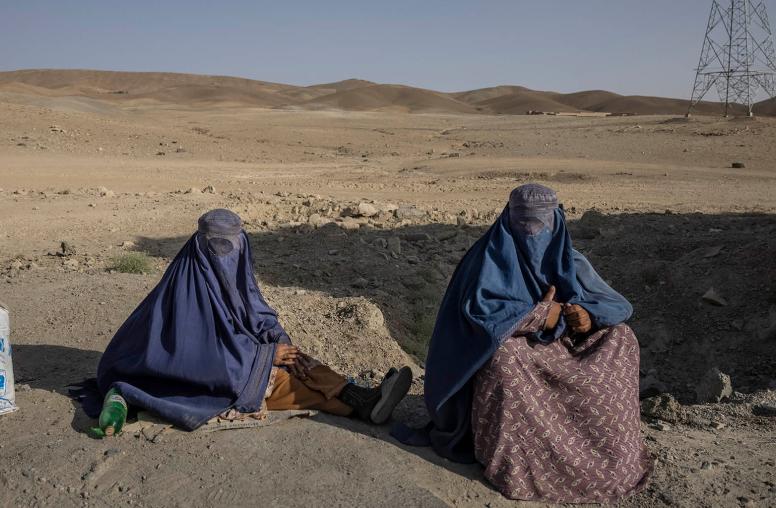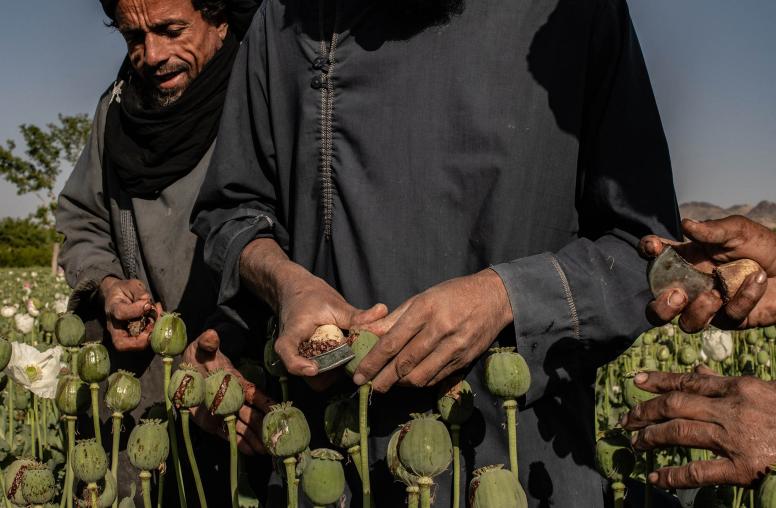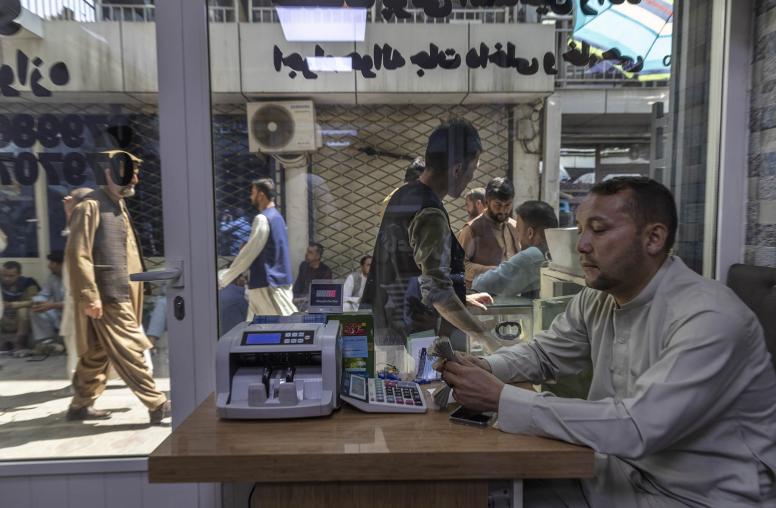The Taliban and the 2014 Elections in Afghanistan
The international community and Afghan political leaders alike see the 2014 Afghan national elections as crucial for the continuation of political stability in Afghanistan and for the success of the past decade’s statebuilding effort there. A major factor in determining the success or failure of these elections will be how the Taliban approach them, now that it is clear that the insurgent group has not been brought to the edge of defeat by the 2010 –11 surge in the south.
Summary
- The Taliban are organized in a number of semiautonomous networks and centers of power, each able to contribute to the formulation of policy and sometimes even able to formulate policy autonomously. This presents challenges in determining exactly what approach the Taliban will take toward the 2014 national elections.
- The Taliban have tried to disrupt previous elections, but they had little capacity to do so in 2004 and 2005. In 2009 and 2010, they had a greater disruptive effect on the electoral process as a whole, though in a handful of cases they did reach deals with individual candidates and local communities.
- For the first time, certain segments of the Taliban have begun to consider alternatives to a campaign of violent disruption of national elections and have even invested considerable effort in making alternatives viable from an organizational point of view.
- Some “militarist” components of the Taliban, primarily the networks or alliances of networks led by the Haqqanis and by Abdul Qayum Zakir, continue to oppose the very idea of elections and always favor a campaign of violent disruption.
- Among those Taliban more inclined to consider alternative approaches, different positions have emerged between the Peshawar Shura and an alliance of networks based in Quetta led by Akhtar Mansur.
- By the end of the summer of 2013, all Taliban groupings had unified behind a common strategy of disrupting the elections, whether for ideological reasons or as a way to increase leverage vis-à-vis their interlocutors in Kabul.
- There does not appear to have been much of a theoretical debate within the Taliban about the admissibility of elections. Instead, the elections of 2014 have been seen as a tactical opportunity to strengthen the image of the Taliban as a political organization, as opposed to a purely military organization.
About the Report
This report examines the current debate within the Taliban movement about how to approach the 2014 national elections in Afghanistan. It charts the position of the various groupings within the Taliban and how they have interacted both with each other and with interlocutors outside the Taliban. This study, funded by the United States Institute of Peace, draws on extensive interviews conducted in Afghanistan in the spring of 2013 with various Taliban leaders, cadres, commanders, fighters, and community elders.
About the Author
Antonio Giustozzi has been researching Afghanistan since the 1990s, first at the London School of Economics and more recently at King’s College London. He is the author of numerous articles and several books, including a collection of essays on the Taliban (Decoding the New Taliban, 2009), the first study of the Taliban insurgency to be published (Koran, Kalashnikov and Laptop, 2008), a study of Afghanistan’s warlords (Empires of Mud, 2009), and a study of Afghanistan’s police (Policing Afghanistan, with Mohammad Isaqzadeh, 2013).



